Standing at 13,050 feet above sea level, with the wind whipping through my hair and the vast Himalayan landscape stretching before me, I finally understood why Rohtang Pass is called the “pile of corpses” in Tibetan.
Not in a morbid sense, but because the views are so incredibly breathtaking that you genuinely believe you might die from awe!
This was my third time visiting Rohtang Pass and every time it’s never failed to bring new experiences and situations to explore in any portion of this magnificent corner of Himachal Pradesh!
While the pass itself is a marvel, the surrounding area offers unforgettable experiences that will enhance and elevate your mountain experience. I’ll share my few favorite discoveries from my most recent visit in early 2025.
1. Snow Scooter Adventure at Marhi
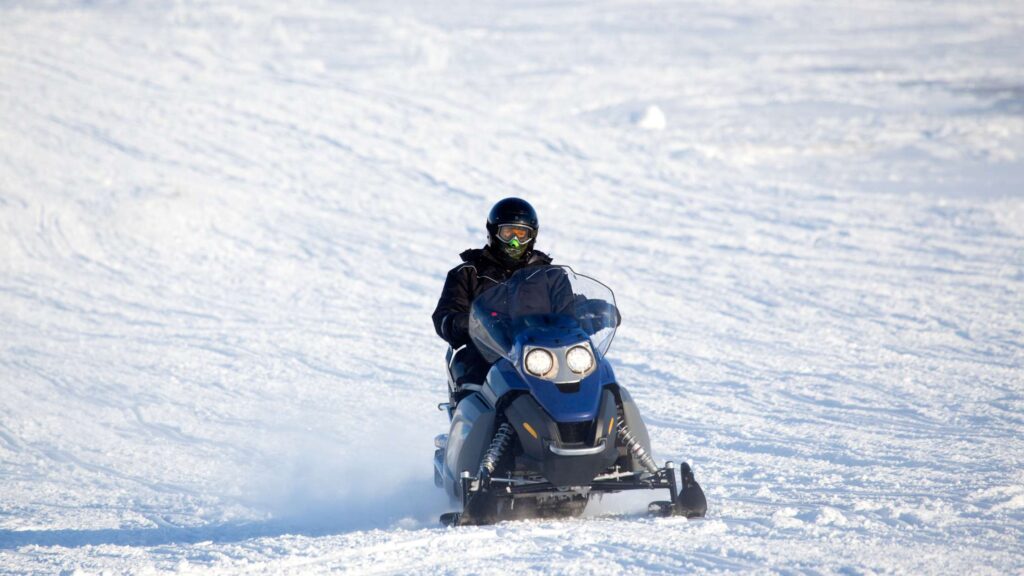
Just 16 kilometers before reaching Rohtang Pass, Marhi became my unexpected playground. I rented a snow scooter and experienced the ultimate adrenaline rush racing across fresh powder.
The rental costs about ₹1,000 for 10 minutes, which might seem steep, but trust me—it’s worth every rupee!
The best part? Even in May and June, you’ll find excellent snow conditions here. I watched families with young children giggling as they zoomed past me, while adventure seekers performed impressive stunts.
My personal tip: arrive early (before 9 AM) to avoid crowds and get better rates from the vendors.
2. Trek to Beas Kund
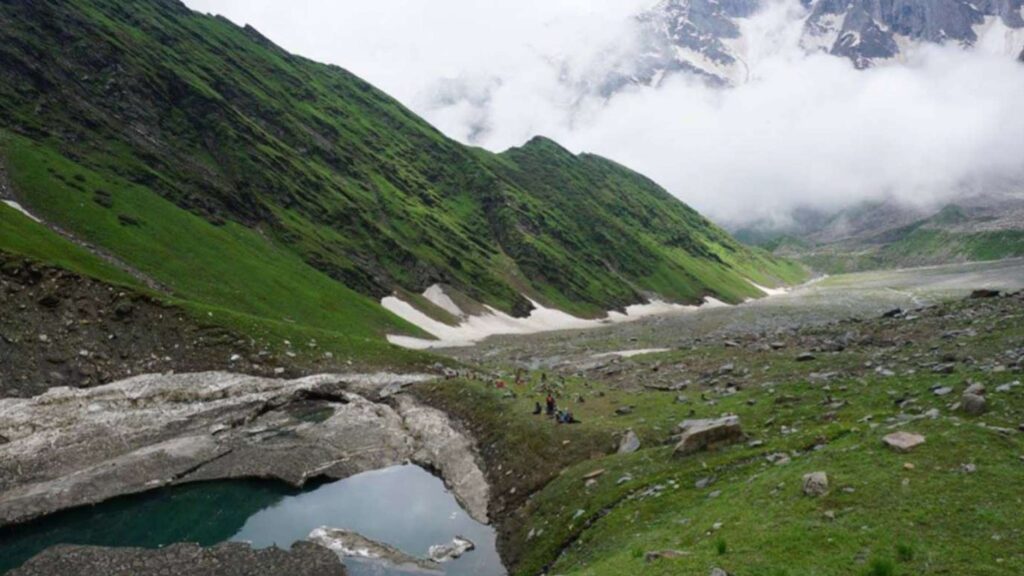
The origin of the mighty Beas River turned into a point of spiritual awakening for me. This moderate 12-kilometer trek from Gulaba (only 20 km from Rohtang) will take you through meadows dotted with wildflowers and rocky slabs.
I began the trek at sunrise with a good pair of trekking shoes and plenty of water. The trail leads you through pine and birch woods before opening to magnificent views of the Pir Panjal range.
When I arrived at the glacial lake with emerald-colored waters, I sat for almost an hour in silence, marveling at the thought that Sage Vyas (who authored the Mahabharata) might have meditated at that precise location.
The trek could easily be done in a day, but I geared up to camp for the night, so as to view the dark Himalayan sky adorned with twinkling stars.
That is a sight that i can’t forget. That is a sight that made me feel small while allowing me to feel one with the universe.
3. Paragliding at Solang Valley
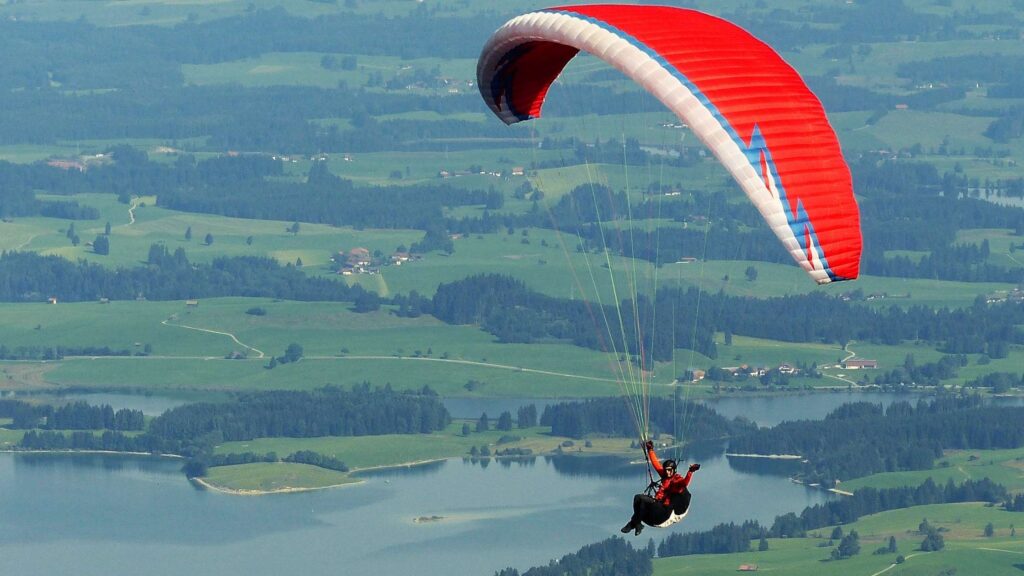
“You only live once,” yelled my tandem pilot as we dashed toward the edge of the cliff. My heart was racing as we lifted off, but just seconds later I was flying like a bird over Solang Valley, 14 km out of Rohtang Pass.
The valley below looked like someone had taken a patchwork quilt of green meadows and draped it on top of snow-covered peaks.
I had paid ₹2,500 for a 15-minute flight, which would include professional photos. If you can go at the highest paragliding point, which you should, you can pay another ₹500 for about 5 more minutes.
It is incredible to float high up in the Himalayas! Paragliding usually needs good weather, so give yourself room in your plans.
4. Bathe in the Healing Waters of Vashisht Hot Springs
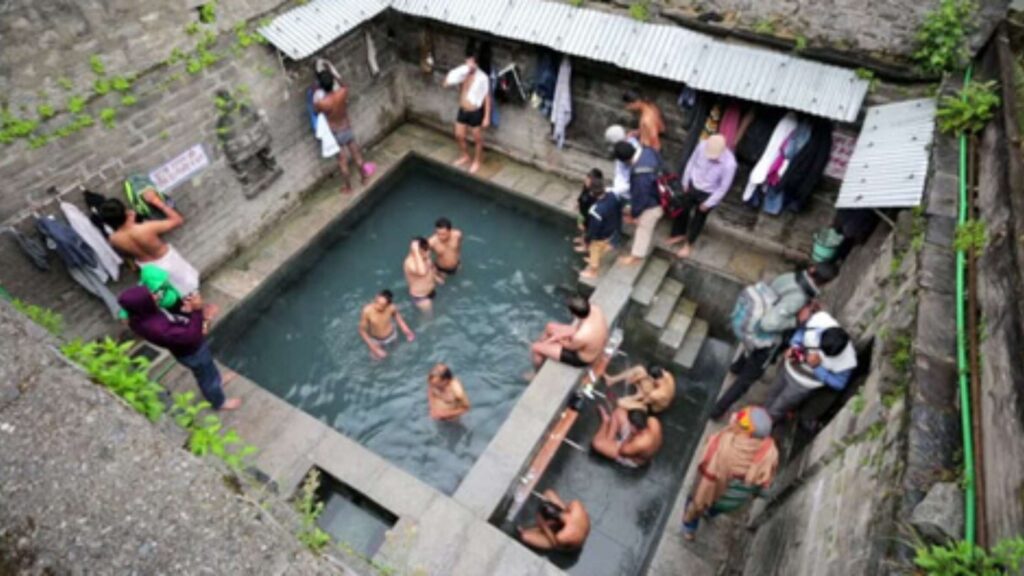
After a week of adventure, my muscles were calling for a rest. A mere 40 kilometers from Rohtang, I found my refuge in natural hot sulfur springs in Vashisht.
They are located in an old temple dedicated to Sage Vashisht, which added a spiritual element to the occasion. I soaked in the communal bath (gender segregated) with locals who shared their stories about the therapeutic properties of the water.
One older gentleman recounted his pilgrimage here for over 30 years to treat his arthritis. The temperature of the springs stays roughly at 40 degrees Celsius all year round.
After my hot spring time, I meandered the narrow streets of the village, taking in the traditional Himachali buildings and shops offering local handmade crafts.
You have to purchase some wooden carvings—I brought home a small statue of a Buddha that rests on my desk and reminds me every day of the peace I found there.
5. Witness Sunrise at Chandratal Lake
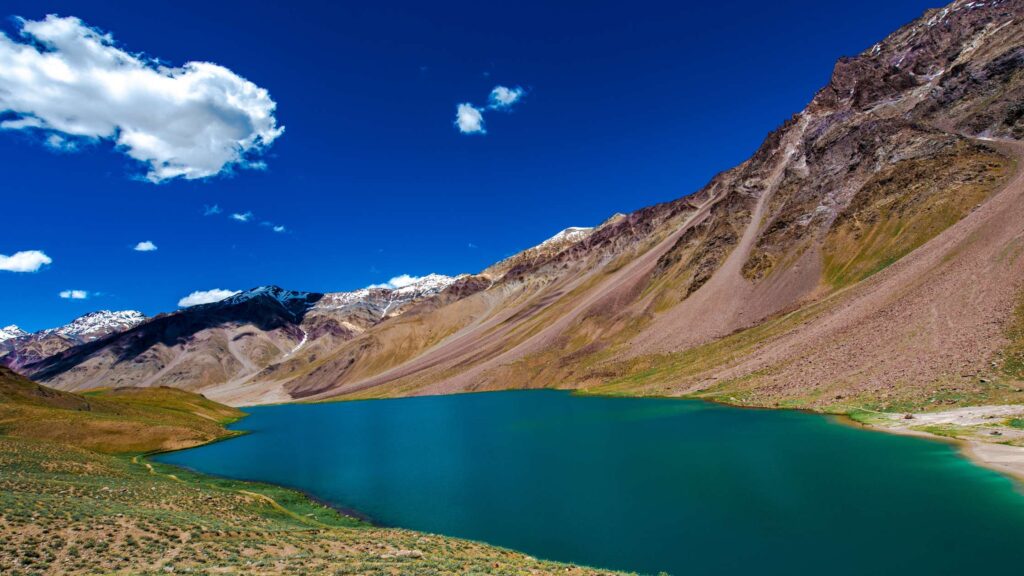
Often, the most meaningful experiences require the greatest effort.
The trip to Chandratal Lake (around 115 kilometers from Rohtang) is demanding but life-changing. I departed at 3:00 AM to arrive prior to sunrise. The roads were rough and required effort from both myself and my vehicle.
As I neared the lake, the sun was just rising and shining its first ray of light on the crescent-shaped lake, transforming it into liquid gold. The mountains shone beyond beautiful and were reflecting on the perfectly still mirror-like surface of the lake.
The scene was so beautiful that it brought tears to my eyes.
The lake is at an altitude of 14,100 feet, so I had to consider the possibility of altitude sickness. I was careful to take medication that can help, and to allow some time to acclimatize.
The best time to visit is June to September when the road is clear of snow.
6. Experience Tibetan Culture at Keylong
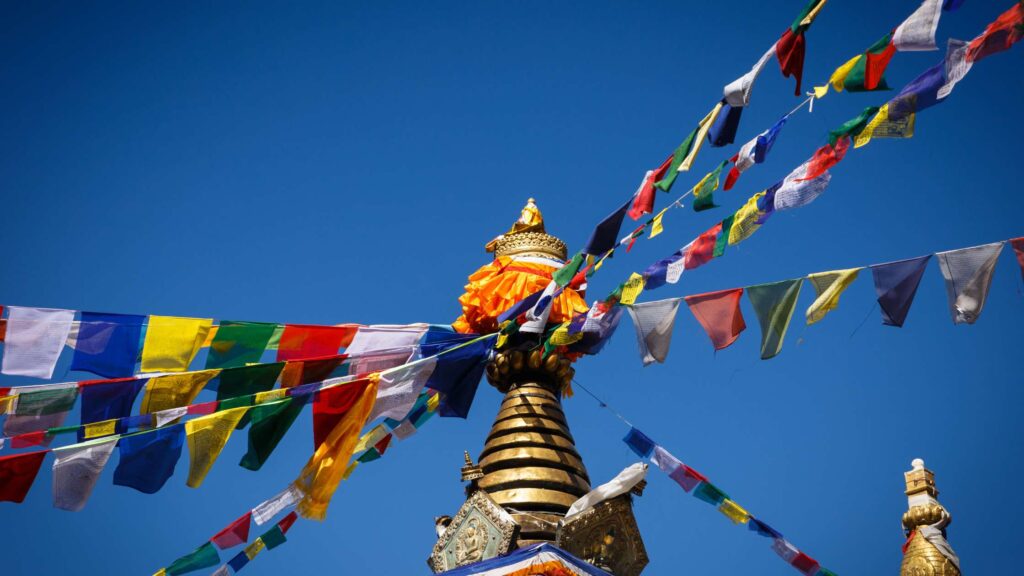
Traveling 65 kilometers north of Rohtang, I arrived to Keylong, the administrative capital of Lahaul. There, I witnessed an intriguing fusion of Hindu and Tibetan Buddhist cultures.
The Kardang Monastery became my favorite location—partly due to the abundance of ancient Buddhist manuscripts and paintings, but overall it was for its welcoming monks.
One monk, Tenzin, invited me to join their morning prayers, which is still as fresh as dew in my memory months later. The repetition of their chants along with the fragrance of incense transported me to a meditative realm that I had yet to experience.
The local market has authentic Tibetan handicrafts and authentic Tibetan food.
I tried thukpa (noodle soup) and momos at a small family-run restaurant. The grandmother of the small family-owned establishment spoke about how the area had changed throughout her lifetime.
7. Mountain Biking on the Manali-Leh Highway

For the ultimate test of endurance, I rented a mountain bike in Manali and tackled a portion of the legendary Manali-Leh Highway.
The section from Rohtang to Gramphoo (about 18 kilometers) offers a challenging downhill ride with spectacular views.
The well-maintained road winds through dramatic landscapes, with hairpin bends that demand full attention. I stopped frequently to catch my breath and capture photos of the rugged terrain.
At one viewpoint, I met a group of cyclists from Germany who had been dreaming of this route for years.
Bike rentals in Manali range from ₹800-1,500 per day depending on the quality.
I recommend renting from a reputable shop and thoroughly checking the bike’s condition before setting out. Also, carry tools for basic repairs and plenty of water.
8. Photography at Khoksar Village
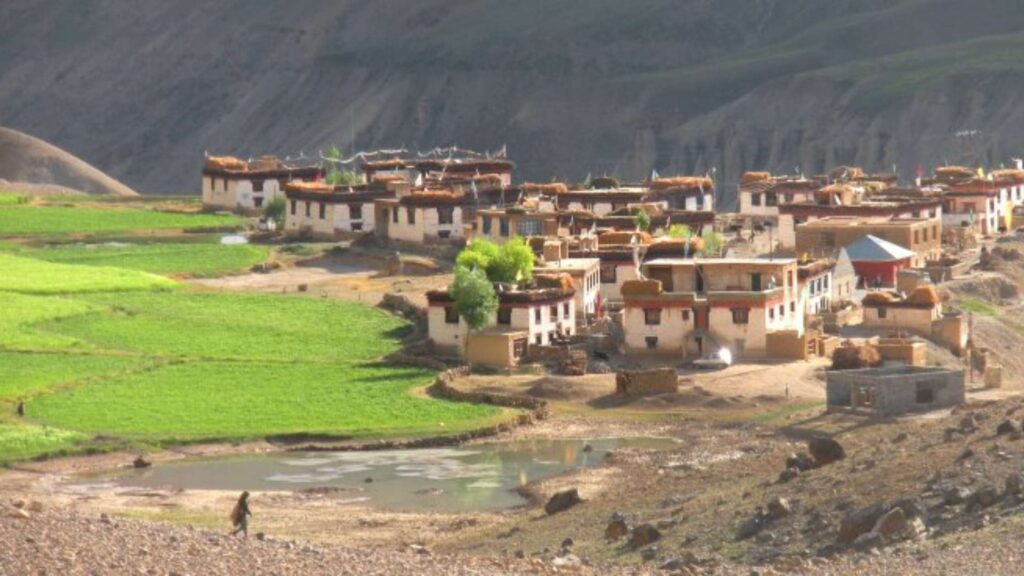
Just 16 kilometers from Rohtang on the other side of the pass lies Khoksar, the first village in the Lahaul Valley and officially the coldest inhabited place in Himachal Pradesh.
As an amateur photographer, I found paradise here. The village sits against a backdrop of towering mountains, with traditional stone houses and green fields creating perfect compositions.
The play of light and shadow throughout the day offers endless photographic opportunities.
I spent a day with a local family who invited me in for butter tea when they noticed me photographing their home.
They showed me their traditional way of life, including how they prepare for the harsh winters when the village is often cut off due to heavy snowfall.
9. Stargazing at Rohtang Pass
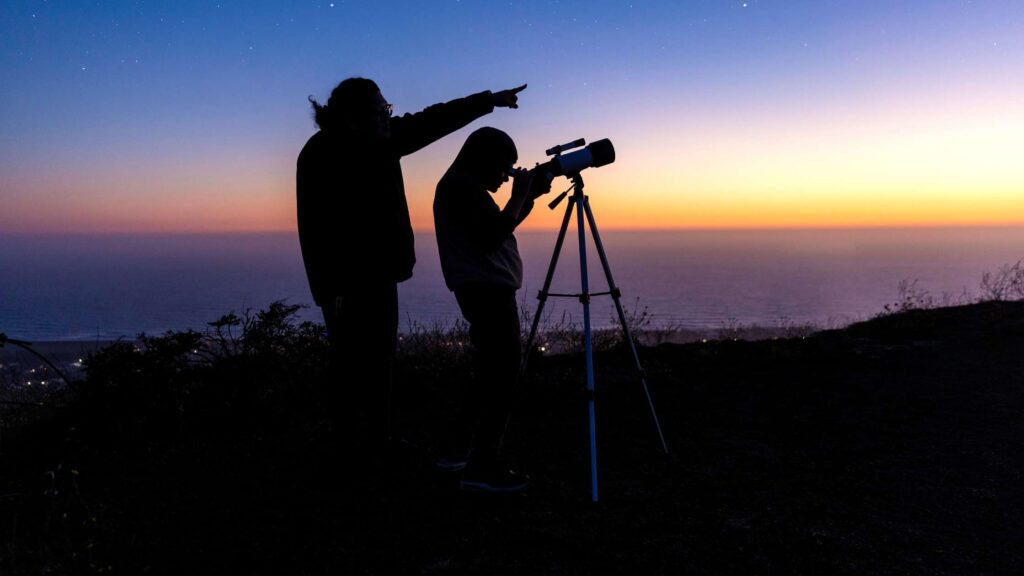
Few experiences compare to witnessing the night sky from 13,050 feet elevation. I arranged a special permit to stay near the pass after sunset (typically, the pass closes to tourists by 5 PM).
With minimal light pollution, the sky exploded with stars—more than I’d ever seen before. The Milky Way stretched visibly across the heavens, and I even spotted several shooting stars.
The profound silence, broken only by the occasional gust of wind, created a moment of perfect connection with nature.
If you’re planning this experience, bring very warm clothing (even in summer, temperatures plummet after dark), a good camera with night photography capabilities, and ideally, a small telescope or binoculars.
10. Savor Local Cuisine at Dhaba Restaurants

My culinary journey near Rohtang became unexpectedly memorable. Small dhaba restaurants dot the route, offering simple but delicious mountain food.
It was at a little spot in Marhi that I found siddu, local bread stuffed with walnuts and poppy seeds, and served with ghee.
The proprietor, an owner named Pushpa, has been running the place for 25 years and taught me it would only serve me right to taste her super special rajma chawal.
The rajma beans grown in the high-altitude fields of Lahau had a new flavor that I had never experienced before.
I also recommend eating the fresh trout from mountain streams, which they often simply steam with minimal spices to allow for the natural flavor of the trout to come through. Pair it with local fruit wine or chang (mild barley beer).
Practical Tips for Your Rohtang Adventure
Before you pack your bags for this Himalayan paradise, here are some insights from my experiences:
- Permits: Rohtang Pass requires a permit, which can be obtained online or through your hotel in Manali. The daily quota fills quickly, so apply at least 3-4 days in advance.
- Best Time to Visit: May to June offers snow activities, while July to September provides clearer weather for trekking and photography.
- Altitude Sickness: Take it slow if you’re not accustomed to high altitudes. Spend a day or two in Manali (6,700 feet) before heading to Rohtang.
- Sustainable Tourism: The area has implemented strict eco-conservation measures. Carry back all your trash, avoid plastic, and respect local customs.
- Connectivity: Mobile networks are unreliable beyond Manali. Download offline maps and inform family about your itinerary.
Rohtang fully enamored me, bringing together adventure, culture, and an abundance of natural beauty.
Whether you are looking for excitement and thrills or time to sit quietly and reflect, there are great opportunities at Rohtang Pass and the regions near it to create everlasting memories.
Just like the mountains have existed for thousands of years, the cohort of experiences you develop here will be etched deeply in your soul once you return to the plains.
So get your warmest coat, charge up your camera, and strap in for a journey of a lifetime.
The mountains are calling!
Also read: 10 Best Things to Buy in Manali for Girls
